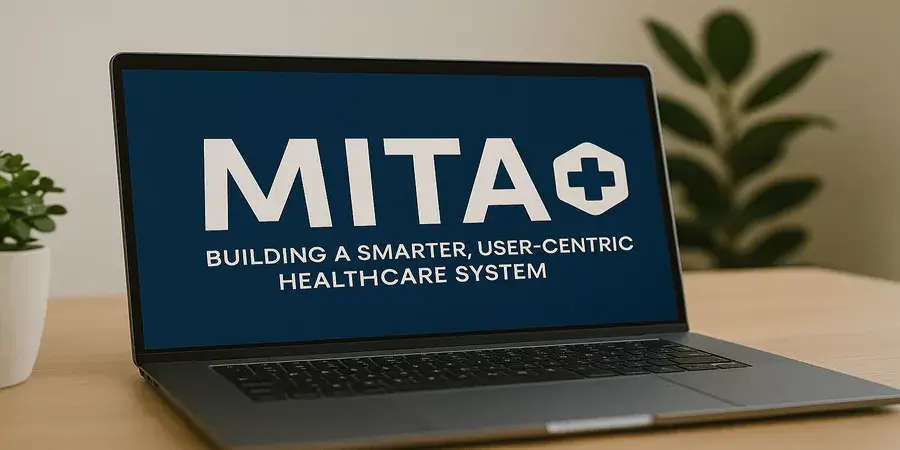Table of Contents
- Introduction: The Call for Smarter Medicaid Systems
- Breaking Free from Legacy Systems
- The Four Architectural Pillars of MITA
- Security and Compliance: Building Trust by Design
- Strategic Modernization: A Holistic Approach
- Empowering Users with Smarter Interfaces
- Financing the Future of Medicaid Innovation
- Proven Outcomes and Systemic Impact
- Future-Ready: AI and Emerging Tech in Medicaid
- Conclusion: MITA as a Blueprint for Equitable Healthcare
- FAQs
Introduction: The Call for Smarter Medicaid Systems
Amid growing demands for efficient and accessible healthcare, state-run Medicaid systems are under pressure to modernize. With millions relying on Medicaid, outdated, siloed infrastructures no longer suffice. Enter MITA—the Medicaid Information Technology Architecture—a framework redefining digital transformation in public healthcare.
Breaking Free from Legacy Systems
Traditional Medicaid systems have long been bound by outdated mainframes that hinder innovation, inflate operational costs, and compromise data integration. MITA introduces a modular and scalable architecture that encourages flexibility, interoperability, and policy responsiveness—ushering in a new era of efficient system redesign.
The Four Architectural Pillars of MITA
MITA’s transformative power lies in its structured approach through four key pillars:
1. Business Architecture
Standardizes operations across states, enhances policy alignment, and streamlines governance for clearer decision-making.
2. Information Architecture
Improves data governance and real-time analytics to support patient outcomes and data-driven policymaking.
3. Application Architecture
Fosters modular, service-oriented software development for rapid implementation and seamless integration.
4. Technology Architecture
Embraces cloud computing, cybersecurity protocols, and infrastructure modernization to meet today’s evolving digital needs.
Security and Compliance: Building Trust by Design
Security is no afterthought—it’s embedded into every layer of MITA. The framework integrates stringent risk management, regulatory compliance, and real-time threat detection to ensure patient privacy and data integrity in an increasingly digital landscape.
Strategic Modernization: A Holistic Approach
Medicaid modernization is more than IT—it’s an organizational evolution. MITA emphasizes:
- Change management and leadership
- Cross-agency collaboration
- Culture shifts in operational habits
- Stakeholder training and empowerment
Successful implementation hinges on gradual, inclusive strategies that align both legacy systems and futuristic goals.
Empowering Users with Smarter Interfaces
MITA promotes user-first design, focusing on ease of access for both providers and patients. By prioritizing usability, systems reduce service friction and build equitable healthcare experiences for all.
Financing the Future of Medicaid Innovation
Transforming a statewide system is resource-intensive. MITA supports federal funding matches, phased rollouts, and public-private partnerships to spread costs and optimize returns. Strategic funding ensures modernization is sustainable and outcome-driven.
Proven Outcomes and Systemic Impact
States leveraging MITA report:
- Enhanced data sharing capabilities
- Reduced administrative burden
- Improved policy decision-making
- Quicker and more coordinated care delivery
These results translate into cost savings, better resource use, and improved patient experiences—hallmarks of a smarter Medicaid system.
Future-Ready: AI and Emerging Tech in Medicaid
As AI, machine learning, and real-time analytics become essential in healthcare, MITA offers a flexible, future-proof platform. States can integrate innovations like:
- AI-powered decision support
- Predictive analytics for patient care
- Blockchain for secure data exchanges
This adaptability ensures Medicaid systems remain resilient and responsive to emerging public health needs.
Conclusion: MITA as a Blueprint for Equitable Healthcare
MITA is more than a framework—it’s a vision for equitable, intelligent healthcare. By merging modern technology with strategic policy design, it equips states to build Medicaid systems that are secure, scalable, and centered on the communities they serve.
FAQs
What is MITA in Medicaid?
MITA (Medicaid Information Technology Architecture) is a federal framework that guides states in building modern, modular, and interoperable Medicaid IT systems.
How does MITA improve healthcare delivery?
MITA enhances service delivery through better data integration, streamlined workflows, and systems designed with both patient and provider needs in mind.
Is MITA mandatory for all states?
While not legally mandated, MITA compliance is encouraged and often tied to federal funding for Medicaid modernization projects.
What role does AI play in MITA-based systems?
MITA supports AI integration, allowing states to use predictive analytics, automate administrative tasks, and enhance patient-centered care.
How is MITA funded?
States can access enhanced federal matching funds for MITA-based projects, making modernization more affordable and efficient.




